 2
2
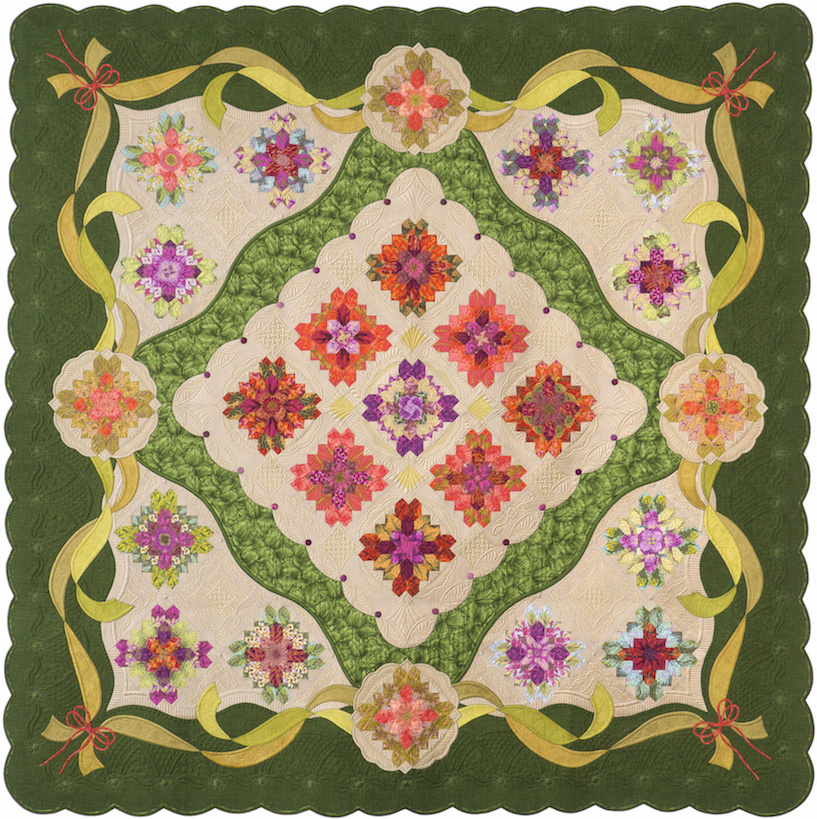
Bouquet Royale by Margaret Solomon Gunn (Image by Jeffrey Lomicka)
Three Easy Steps To Save This Lesson As A Pdf:
-Make sure you are logged in.
-Click on the small triangle next to the tool wheel in the upper right hand corner of the page (you'll find it above the Like button).
-Select the pdf. option. Wait a few minutes. It's a large file due to the number of images.
-Your file should appear with the title of the lesson.
Many of you have made at least one trip to a major quilt show. And one of the highlights of the visit is, of course, seeing the spectacular diversity of quilts on display in the gallery. As you walked through the show gallery, did you ever ask yourself, "If I were the judge in this contest, I would have selected another quilt for X prize." As we discovered in the last lesson, the determination for awarding a Masterpiece Award Quilt by a National Association Certified Quilt Judge, including this stunning winner Bouquet Royale by Margaret Solomon Gunn, involves a wide variety of criteria including:
 - A quilt showcasing workmanship and design development that is exemplary and above expectation
- A quilt showcasing workmanship and design development that is exemplary and above expectation
- A quilt that will stand the test of time
- A quilt that includes intricate details, excellent contrast, proportion, harmony and a fresh sense of creativity.
- A quilt that is within a specific size, no older than five years, and the maker must be living
But what exactly does it take to become a National Association Certified Quilt Judge? Think of it in terms of the time and effort you put into making a family quilt heirloom. An heirloom quilt requires careful planning, hours of dedicated work, and your absolute best skills. After all, this quilt is something to be passed on for future generations to enjoy and admire. For those who desire to take the plunge, Stacy Koehler's article sheds light on the elaborate, but ultimately fulfilling process.

Conway Album (I'm Not From Baltimore) by Irma Gail Hatcher
The Mechanics of Becoming a Certified Quilt Judge
by
Stacy Koehler,
When the National Association of Certified Quilt Judges (formerly called the National Quilting Association) began their certification program, it was with the intention of awarding a credential to current working quilt judges. This credential would indicate to all, that the recipient earned the distinction through broad and in-depth knowledge of quiltmaking, held themselves to professional and ethical standards, and would reflect well on others who shared their designation. Passing the requirements for certification bestowed a professional legitimacy to a quilt judge.

Notice that I did not mention training or teaching. Candidacy, in the form of major independent study, is the responsibility of the not-yet-certified judge, as NACQJ does not teach how to become a certified judge. This does not mean that NACQJ does not offer opportunities for learning, but the candidate is definitely in control of and responsible for their own judging education. This is an extremely important point. The ability to work independently is the crucial factor leading to certification.
Once an individual enters the program and begins their candidacy, they have five years to complete the process. Generally, a successful candidate is one who has been actively involved in the quilt and quilt show world prior to program entry.
A candidate’s experience outside the program lays the foundation on which they will continue to build their personal professional skills. It is important for the candidate to carefully assess if she/he has the necessary breadth of knowledge and can fill gaps as they are discovered. Virtually all candidates will find gaps somewhere along the journey. Given the need to bolster their skills and experience, and the fact that life can get in the way of anyone’s plans, suddenly five years starts to look a little skimpy.
The certification program requires time spent judging, observing, working as an aide and attendance at NACQJ partner shows. In addition to judging activities, there is a written component in which the candidate demonstrates their quilting knowledge with respect to the operations of a quilt show, professional and ethical behavior, and specific judging points across the entire range of quilting techniques.
 The written component should not be underestimated; it is rigorous. Three certified judges review each candidate’s written work independently, to decide if it is a passing effort. If the work is deemed not passable, the candidate may be asked to repeat/correct the paperwork.
The written component should not be underestimated; it is rigorous. Three certified judges review each candidate’s written work independently, to decide if it is a passing effort. If the work is deemed not passable, the candidate may be asked to repeat/correct the paperwork.
Following acceptance of the written work, the candidate sits for an oral evaluation before a three judge panel. The panel will be observe the candidates professional demeanor, the ability to think on their feet and a knowledgeable understanding regarding any technique placed before them. The candidate will also act as judge in a mock quilt judging.

If the candidate passes, a newly minted NACQJ Certified Judge joins the ranks, and there is general rejoicing! Each CJ is required to file an update every three years documenting their pursuit of continuing education and commitment to professional activities. The techniques, materials, tools and trends in quilting are constantly evolving. A judge who doesn’t work to keep their skills relevant quickly loses his or her edge.
The challenges are real, but they can be met steadily, step by step.



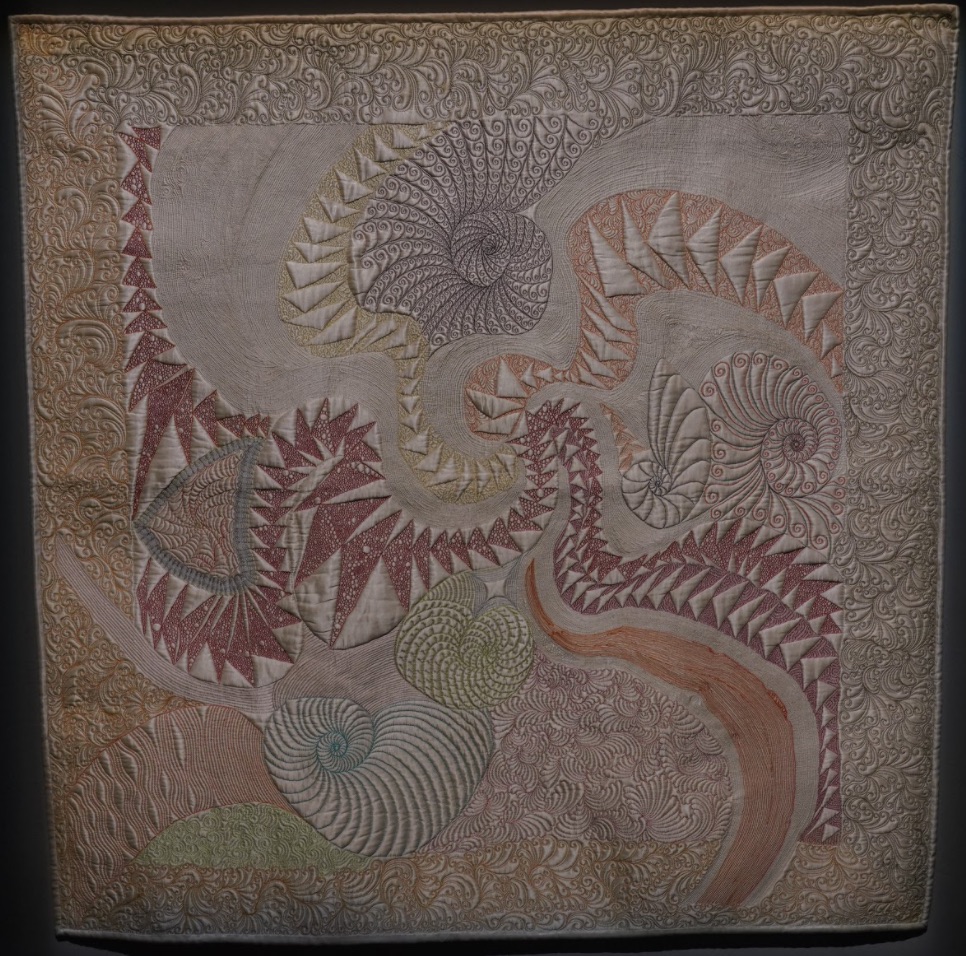
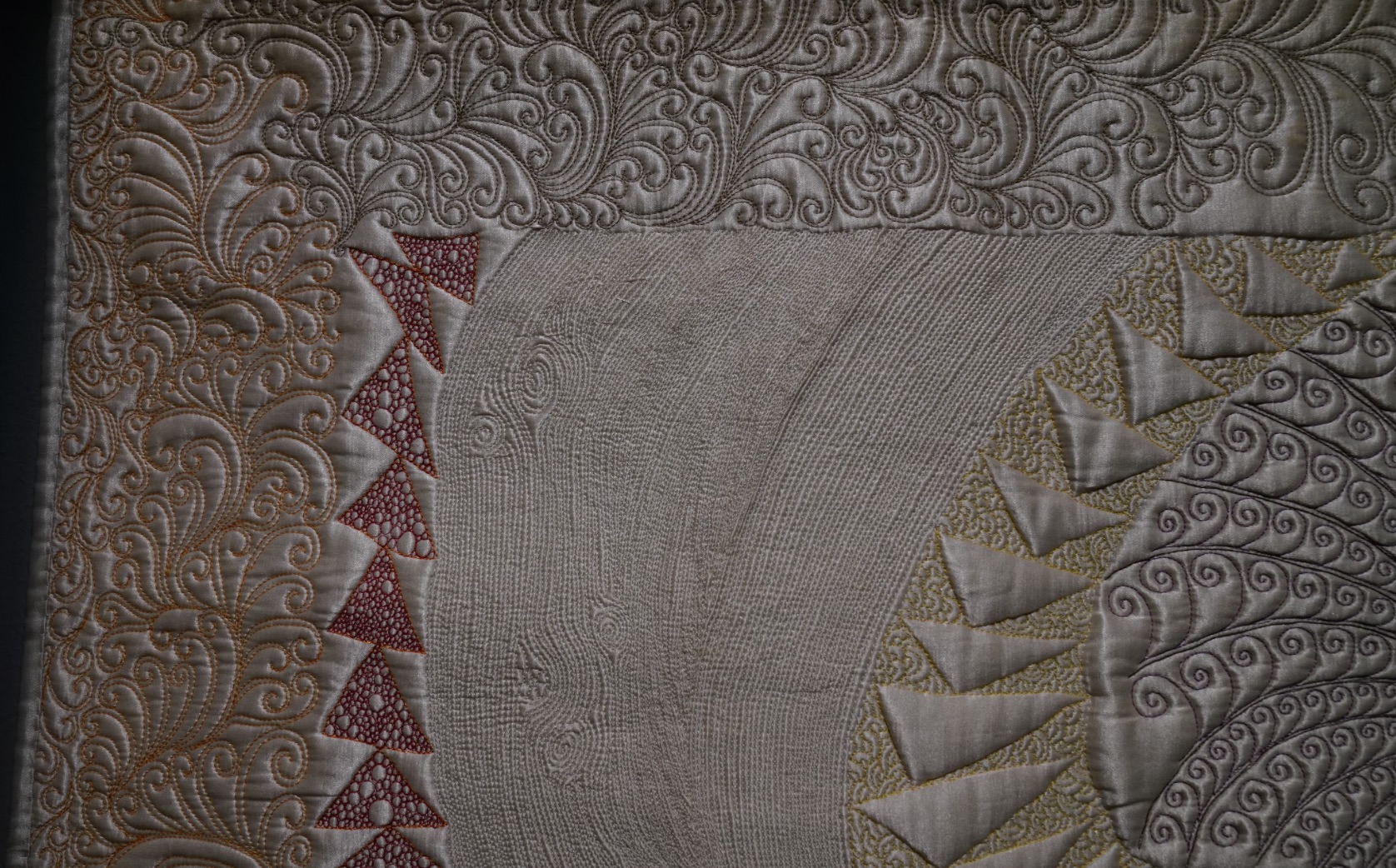

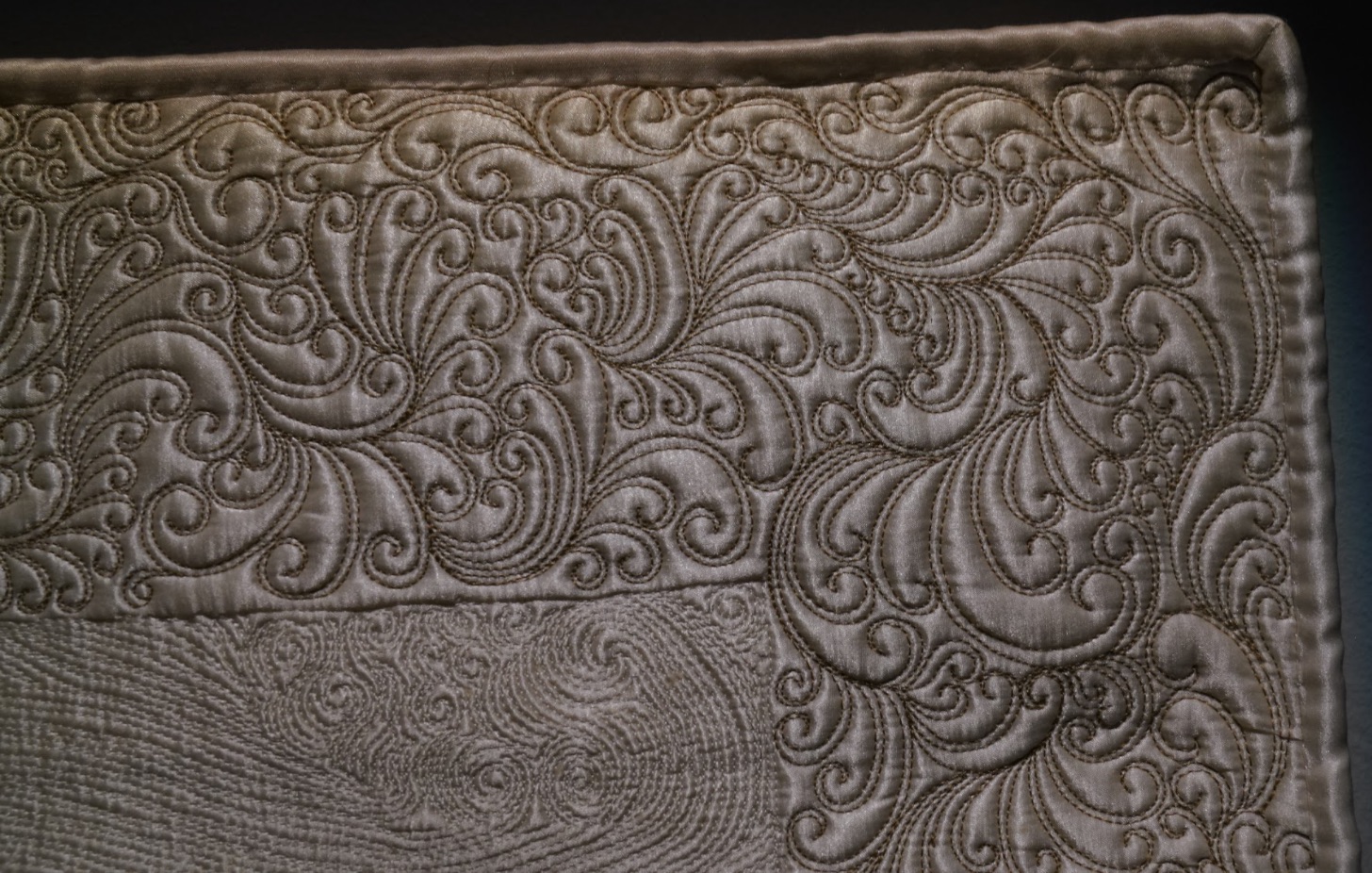
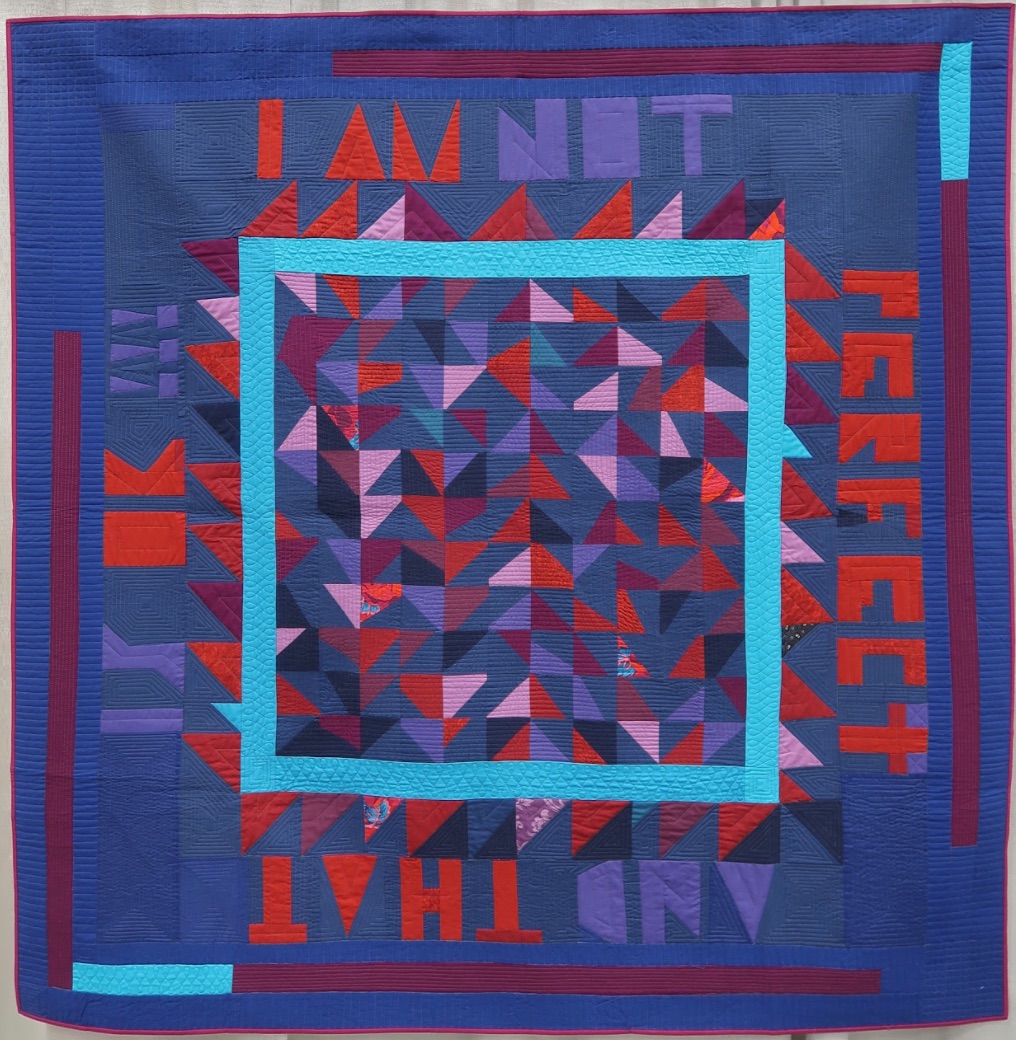
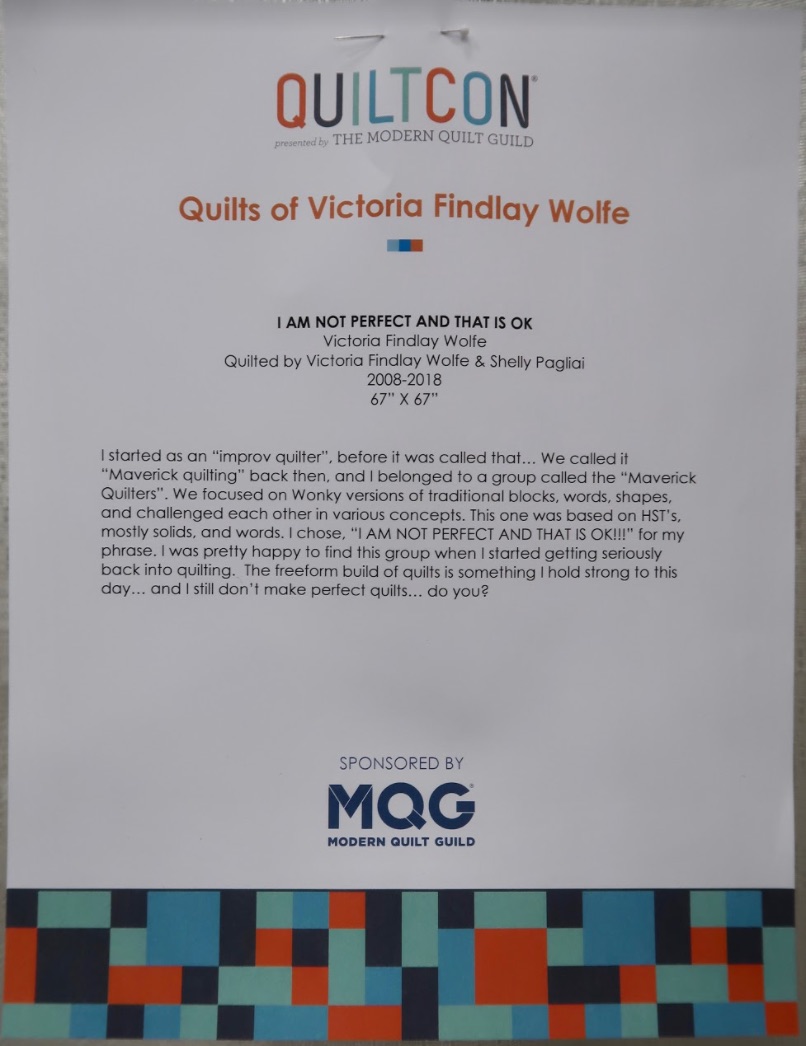
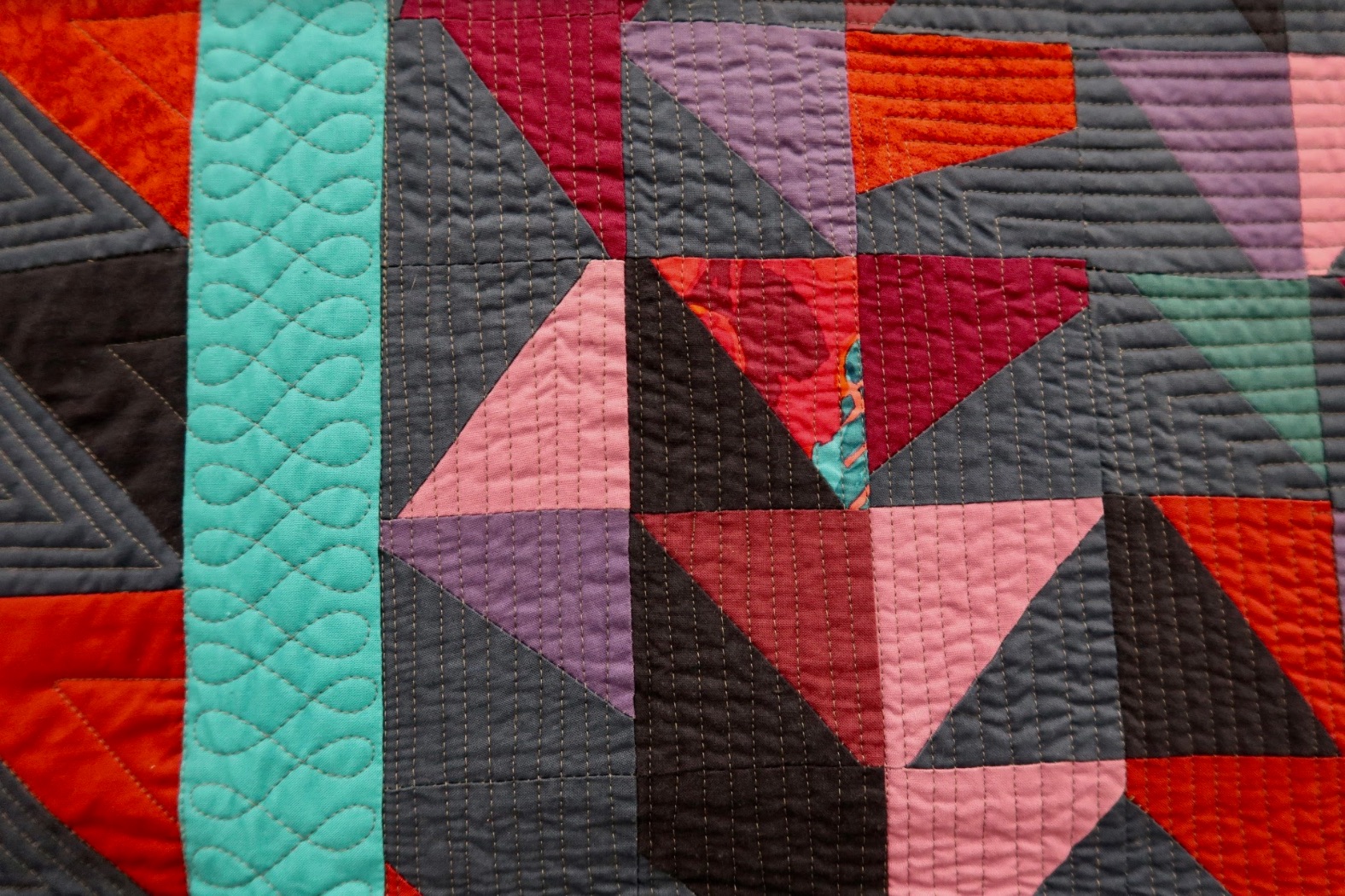
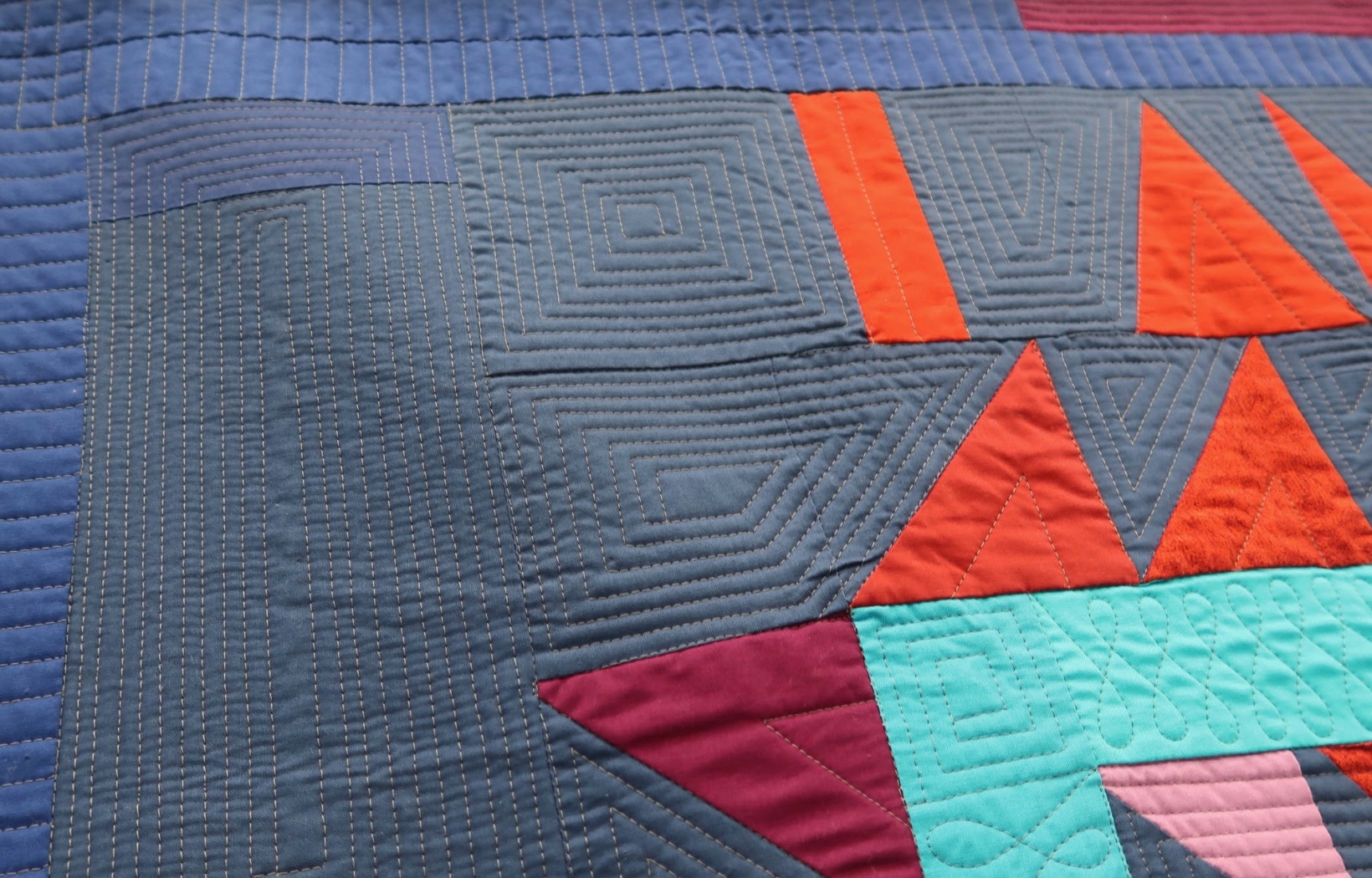
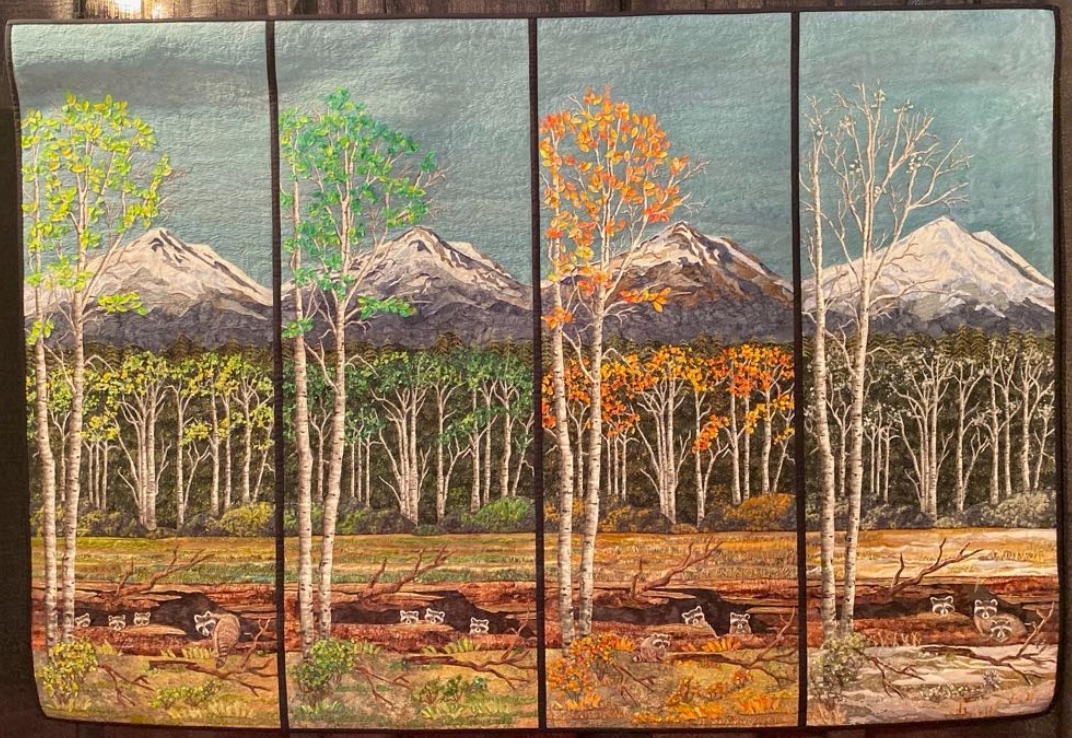
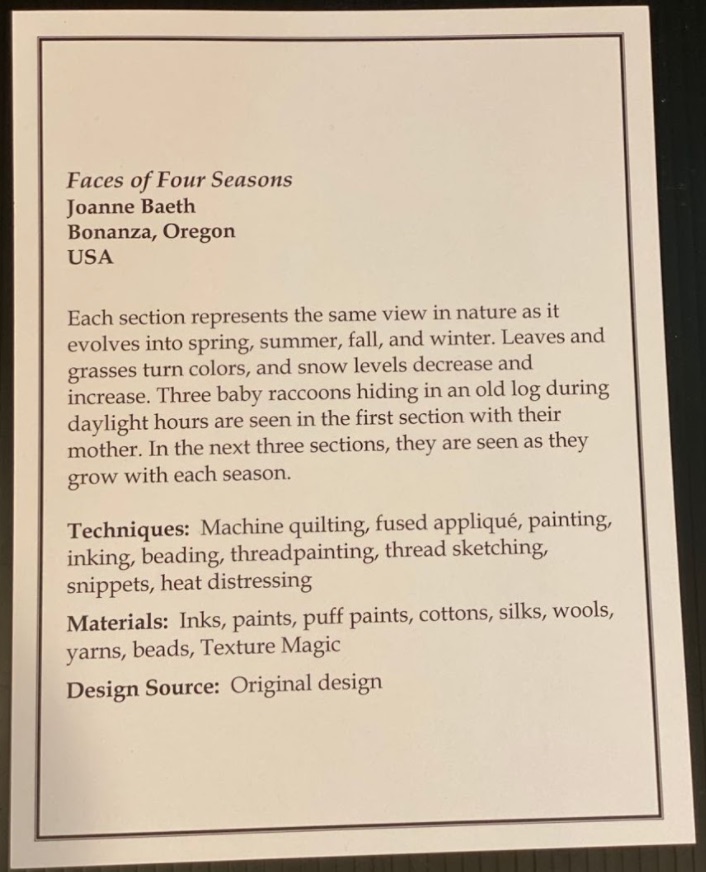
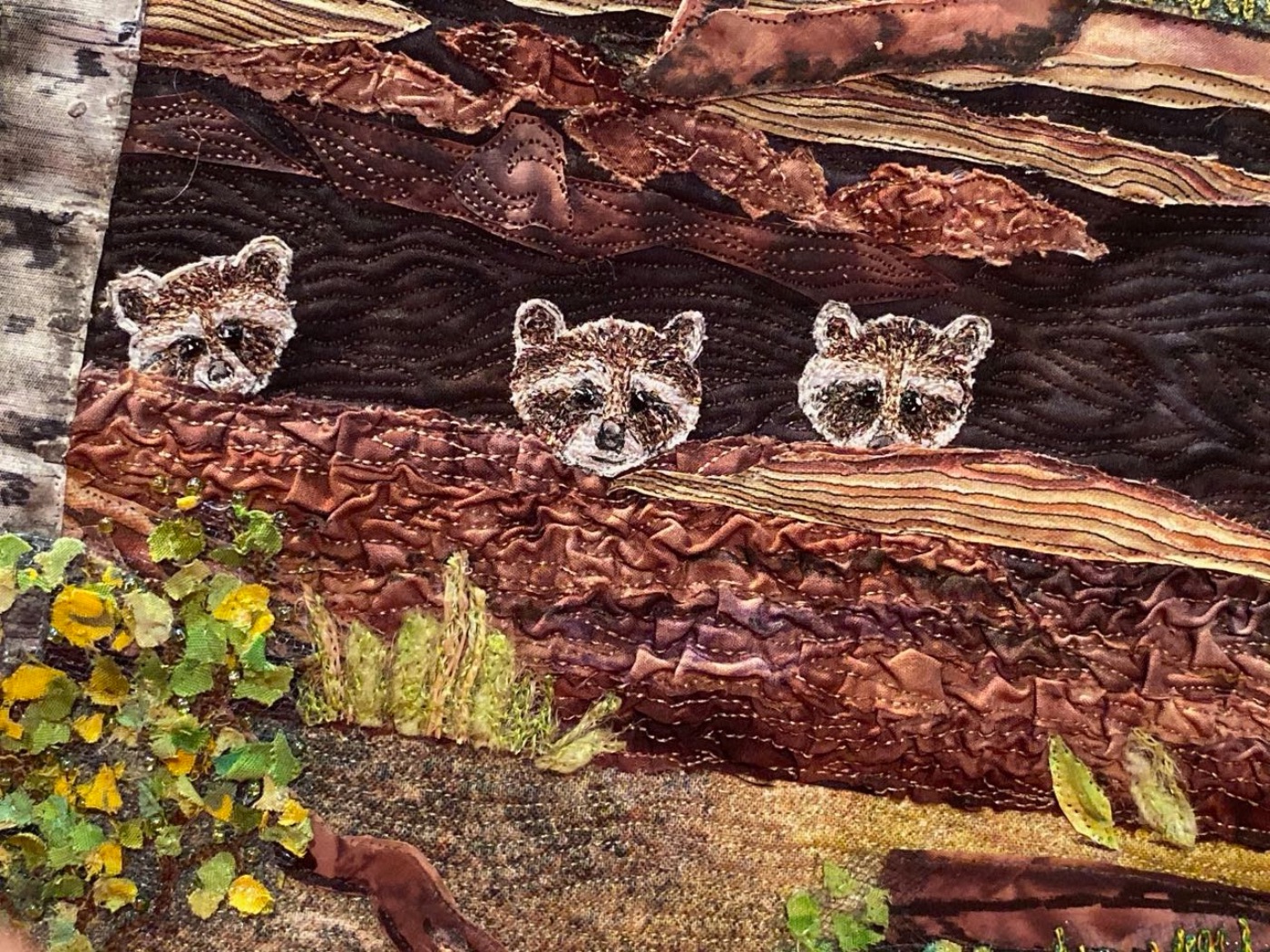

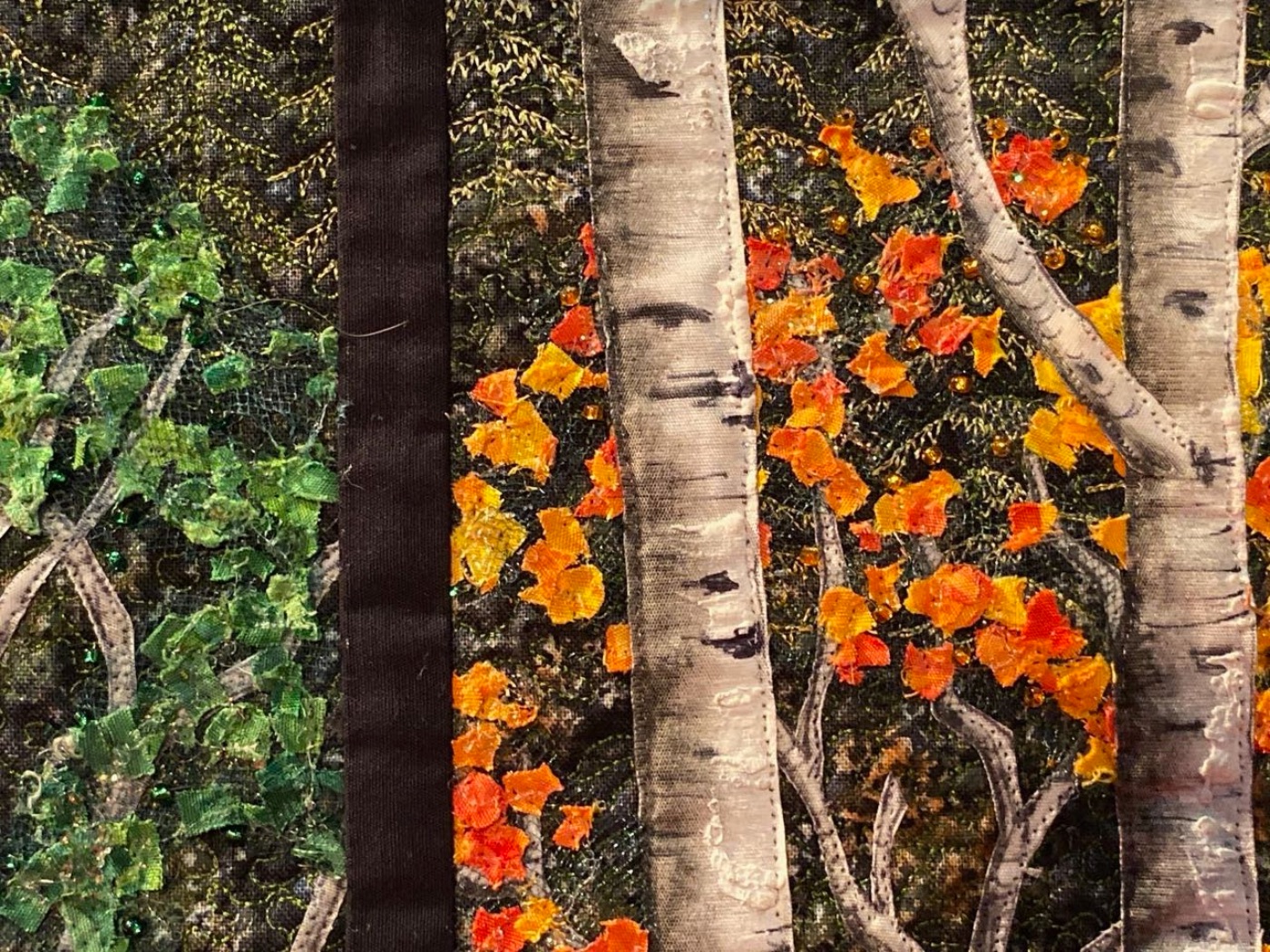


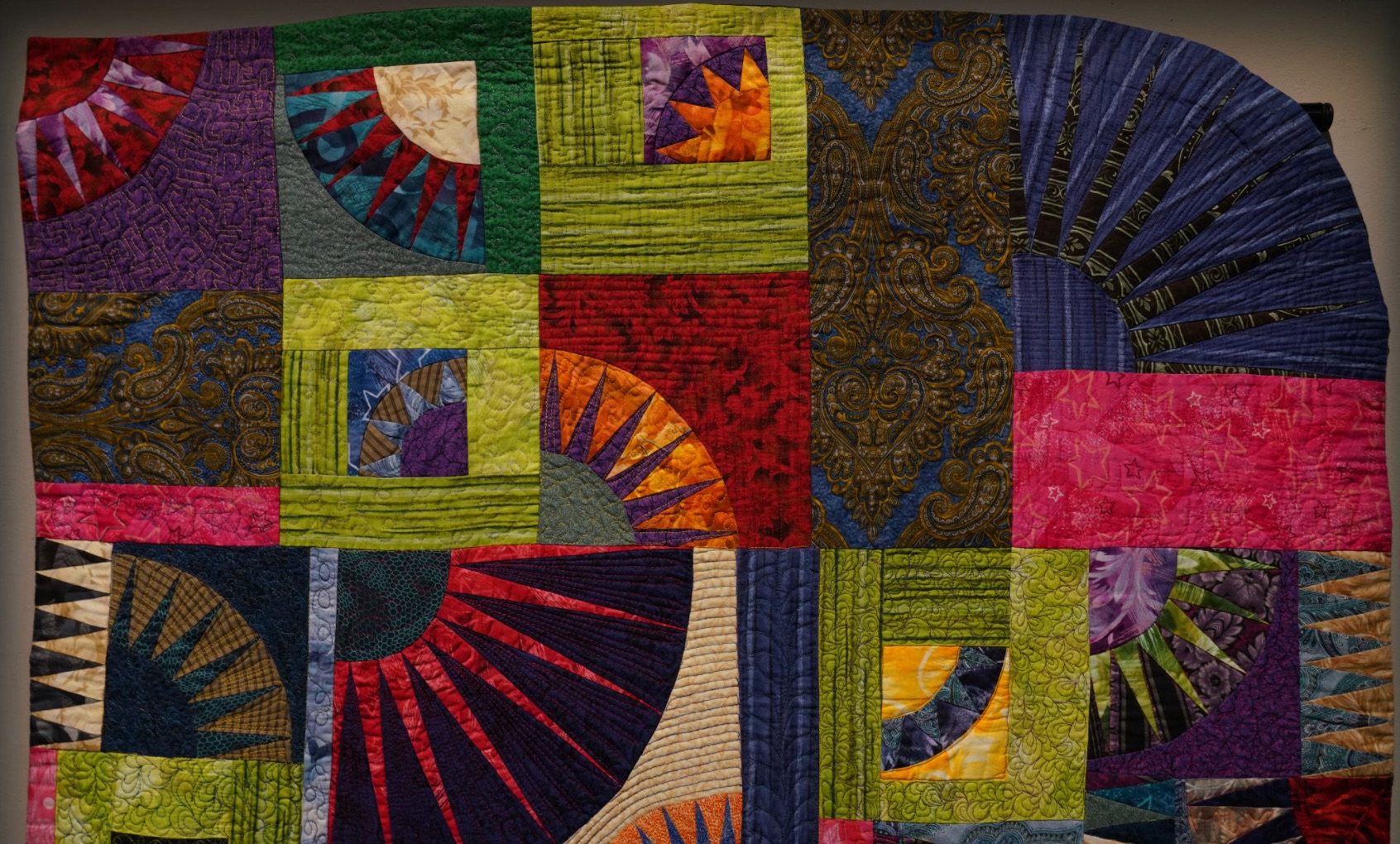

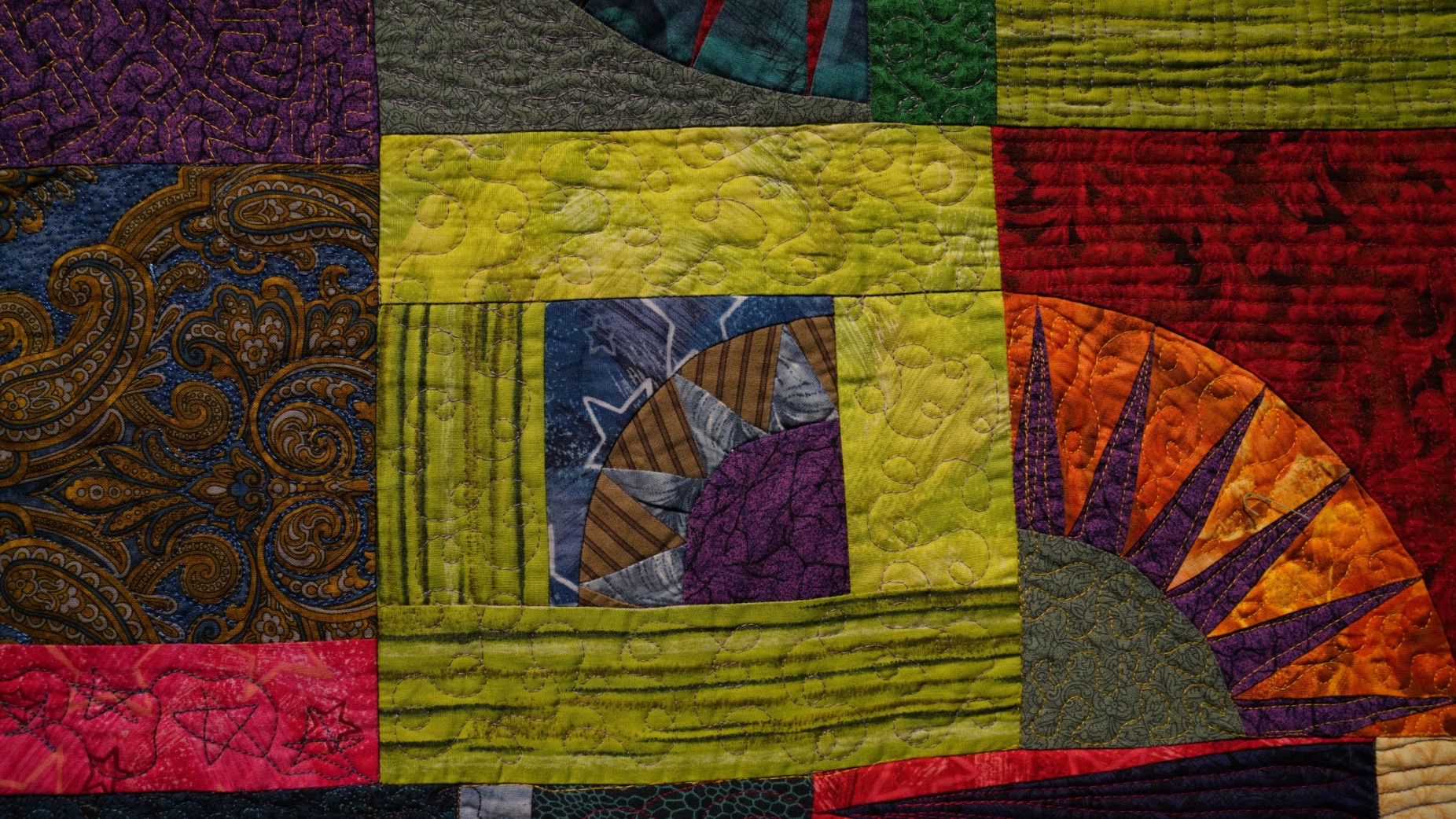
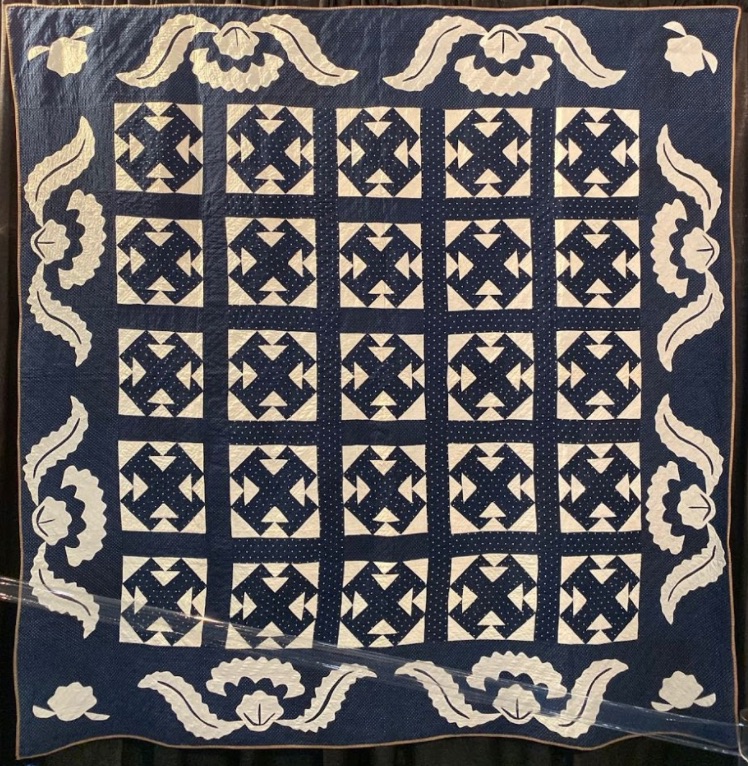
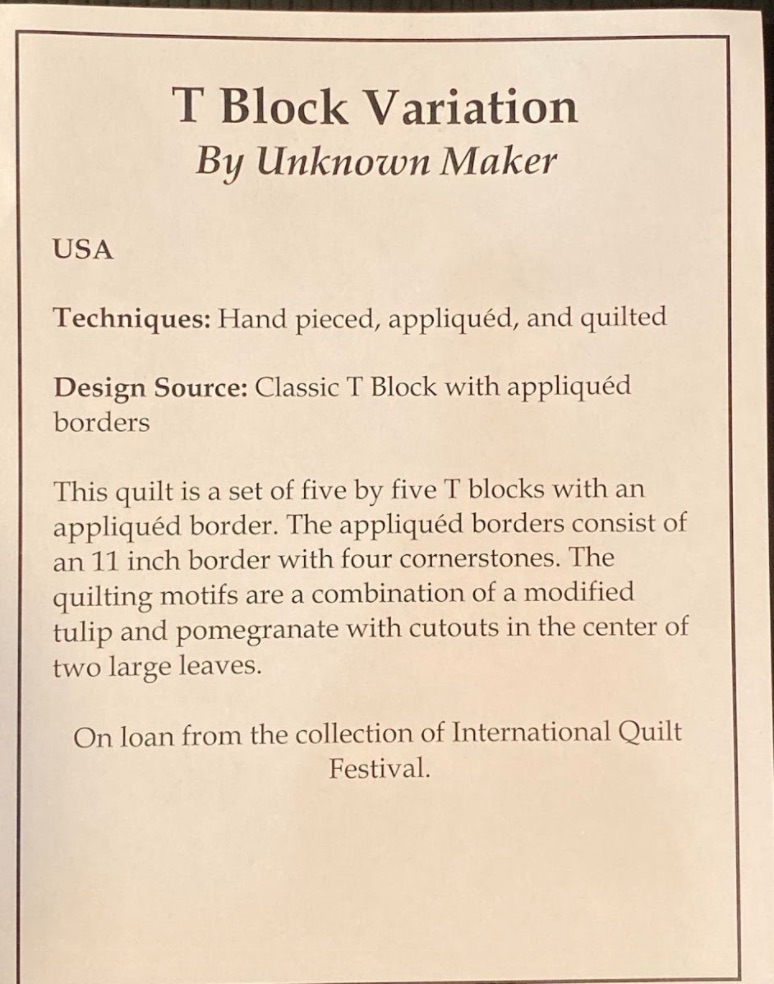
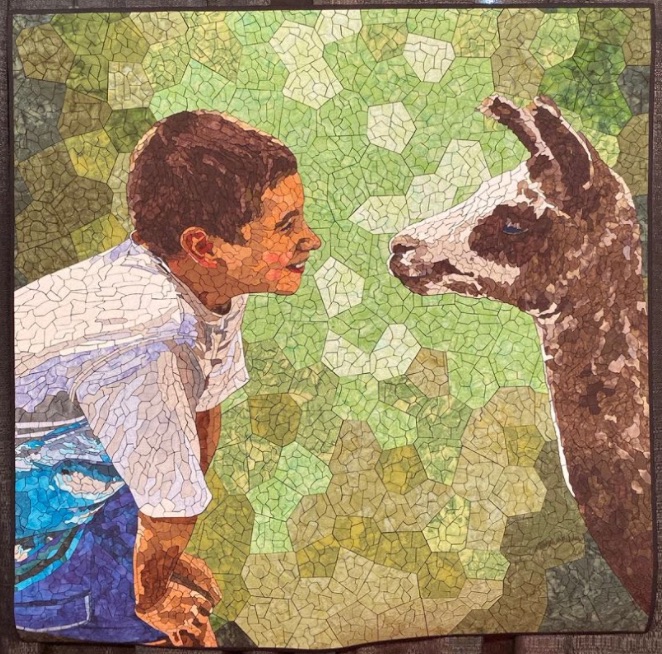
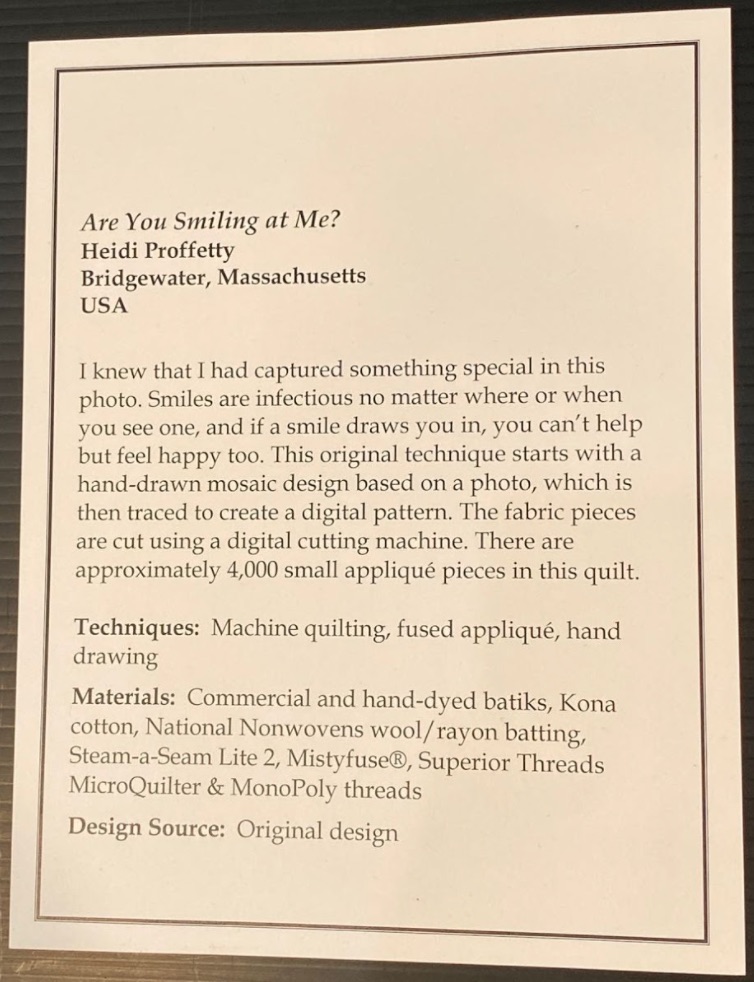
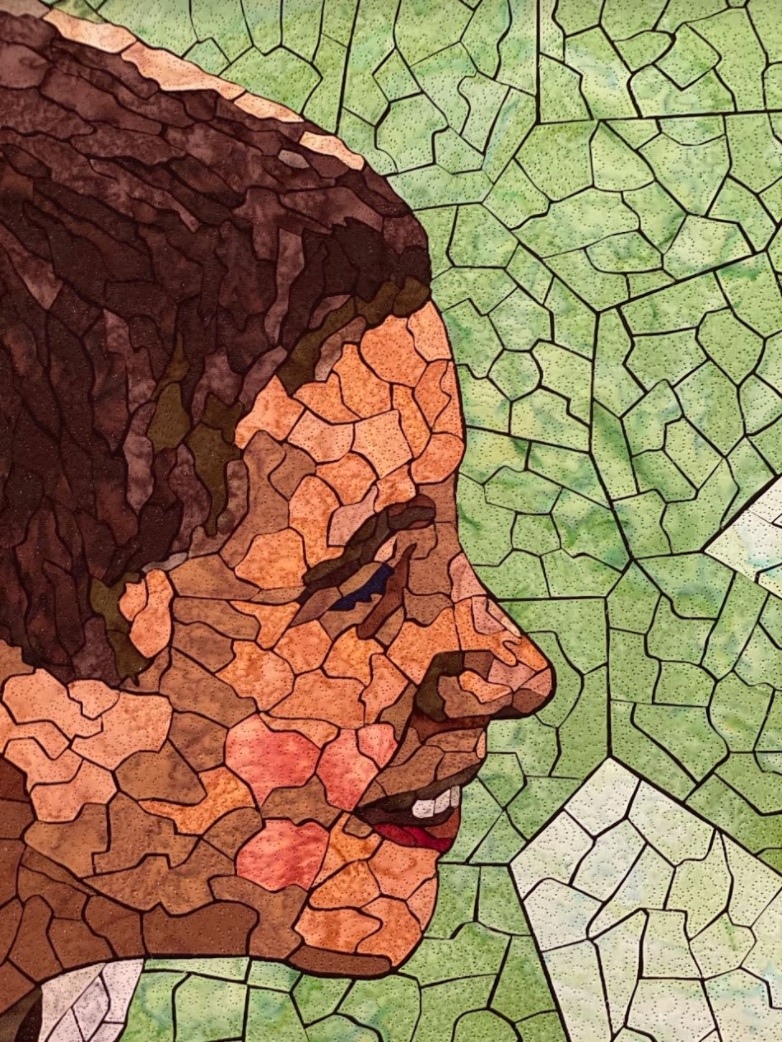
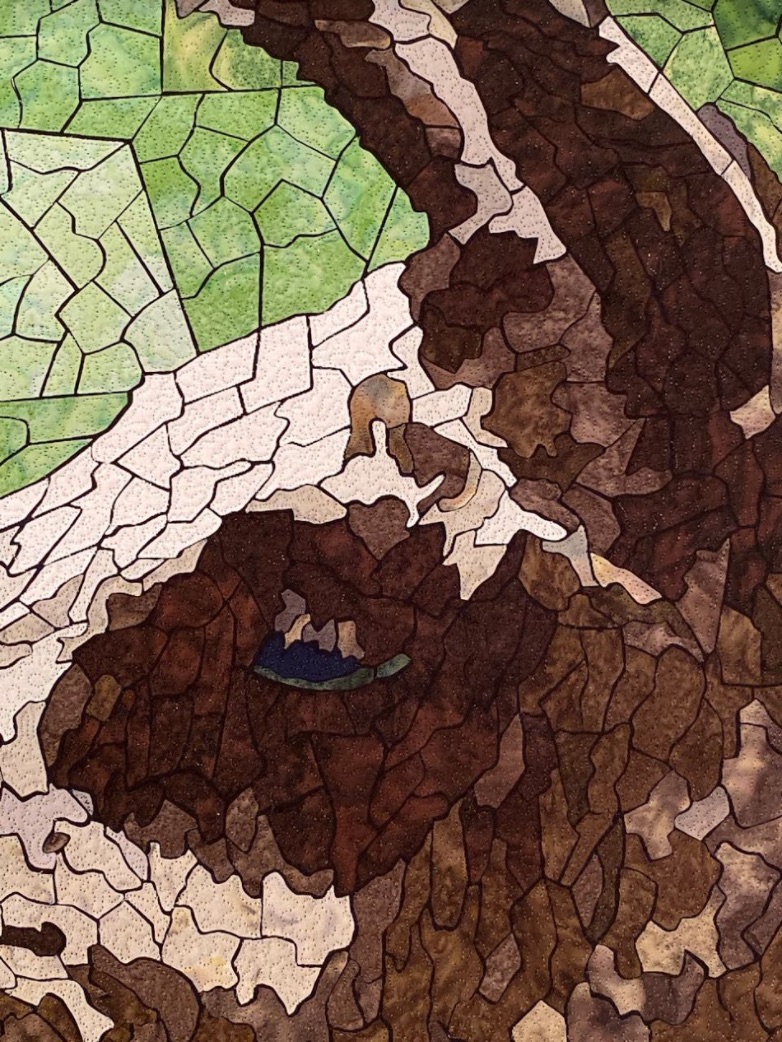

 - A quilt showcasing workmanship and design development that is exemplary and above expectation
- A quilt showcasing workmanship and design development that is exemplary and above expectation

 The written component should not be underestimated; it is rigorous. Three certified judges review each candidate’s written work independently, to decide if it is a passing effort. If the work is deemed not passable, the candidate may be asked to repeat/correct the paperwork.
The written component should not be underestimated; it is rigorous. Three certified judges review each candidate’s written work independently, to decide if it is a passing effort. If the work is deemed not passable, the candidate may be asked to repeat/correct the paperwork.


.jpg)


